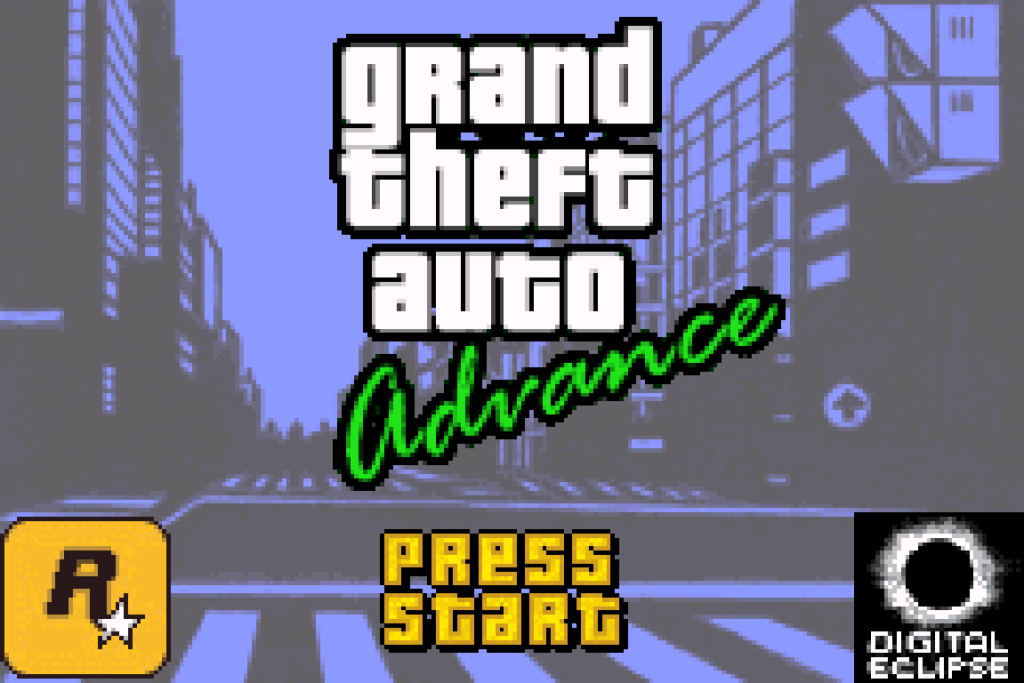Grand Theft Auto is one of the biggest media franchises of all time, you need only look at the sales numbers for proof. The most recent game in the series, Grand Theft Auto V, has cleared over 6 billion dollars, making it the best-selling piece of traditional entertainment media ever created. While the modern installments are showered in plenty of praise, this franchise has been since the late 90s, and one entry in particular has been particularly underrated and overlooked. Originally released on October 26, 2004, in the US (and October 29 in Europe) and developed by Digital Eclipse, Grand Theft Auto Advance is an intriguing prequel that blends the story of the “3D GTA universe” with top-down, 2D gameplay, resulting in a retro-inspired rampage that’s far better than you’d expect.
Retro Carnage on the Go
Though simplistic compared to its console peers, Grand Theft Auto Advance offers up a tale of grisly crime and violence, set in Liberty City. More specifically, the game takes place exactly one year before Grand Theft Auto III (PlayStation 2, 2001), and centers on an aspiring thug named Mike. Together with his partner-in-crime, Vinnie, Mike has big dreams of leaving Liberty City and starting fresh. However, when Vinnie is killed while working with the Mafia, Mike sets his sights on revenge, and begins an investigation to discover those responsible. While not nearly as compelling as any other Grand Theft Auto narrative, the story here is serviceable, and it’s fun to see returning characters like 8-Ball and Asuka.
The most enthralling aspect of Grand Theft Auto Advance is the gameplay, which calls back to the top-down, overhead view of the first two games in the franchise. Playing as Mike, you can engage with a variety of missions, hunt down hidden packages, collect cash, and of course, cause as much chaos as possible. Despite being on the family-friendly Game Boy Advance, Grand Theft Auto Advance doesn’t skimp on the violence. You’re free to run over pedestrians, go guns blazing on gang members, and scuffle with the police. The controls are slightly janky, mostly due to the limitations of the hardware, but it’s still incredibly fun to let loose in Liberty City.
The Legacy of GTA Advance
Sure, Grand Theft Auto Advance pales in comparison to the console games that were released around the same time, like Grand Theft Auto: San Andreas (PlayStation 2, 2004), but I don’t think Digital Eclipse was trying to top the mainline franchise. Instead, this portable prequel offers all the crazy, blood-soaked carnage you could find in GTA III, but on a Nintendo device. Even when you take into consideration the handful of flaws and technical restrictions, Grand Theft Auto Advance is still a remarkably solid product, which led to a collection of retro-inspired sequels like Grand Theft Auto: Liberty City Stories (PSP, 2005) and Grand Theft Auto: Chinatown Wars (Nintendo DS, 2009). Even now, two decades later, it’s still pretty fun to play, and it remains an intriguing part of GTA history.
The post GTA Advance: A Forgotten GBA Gem Turns 20 appeared first on Old School Gamer Magazine.









